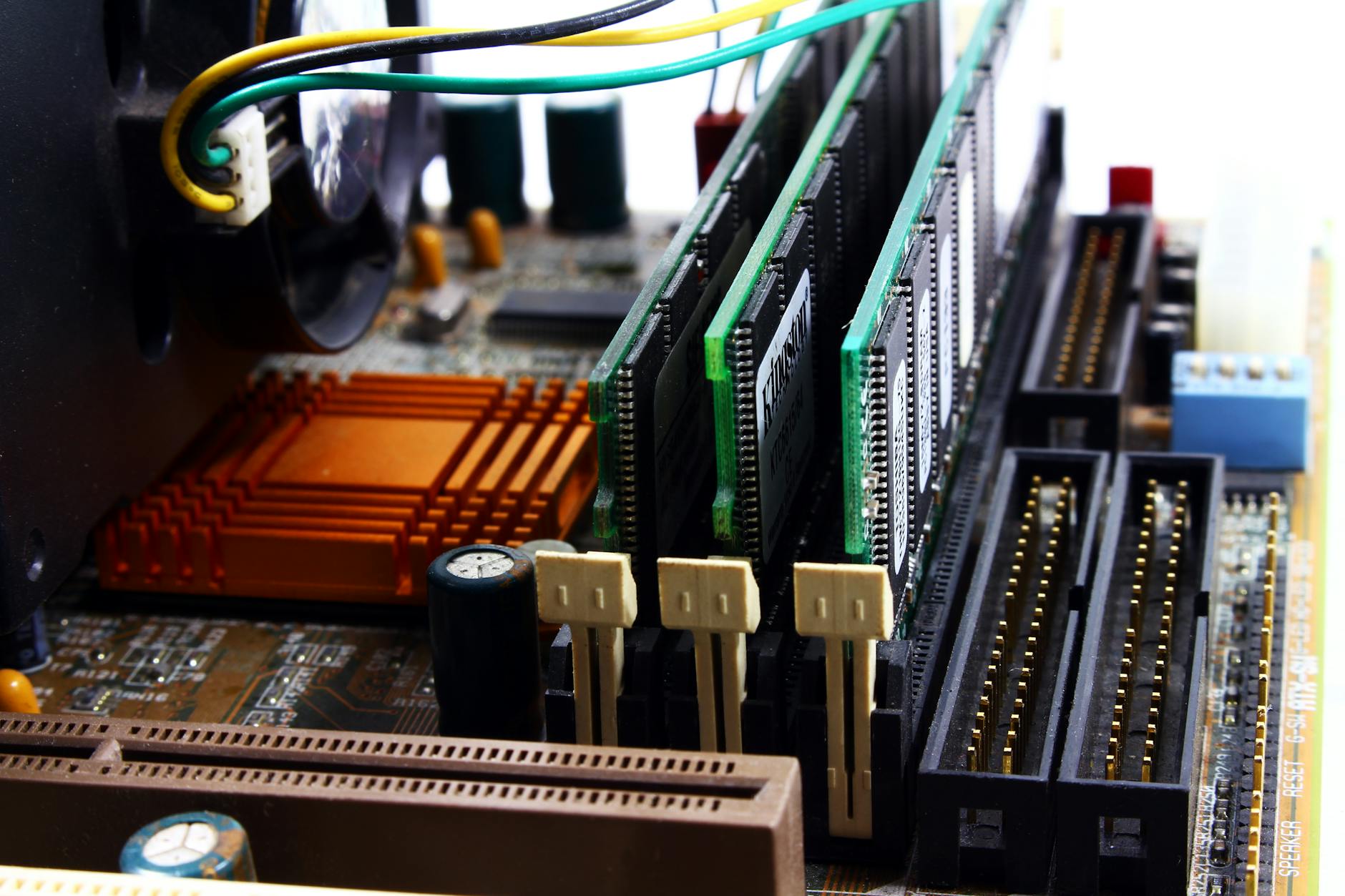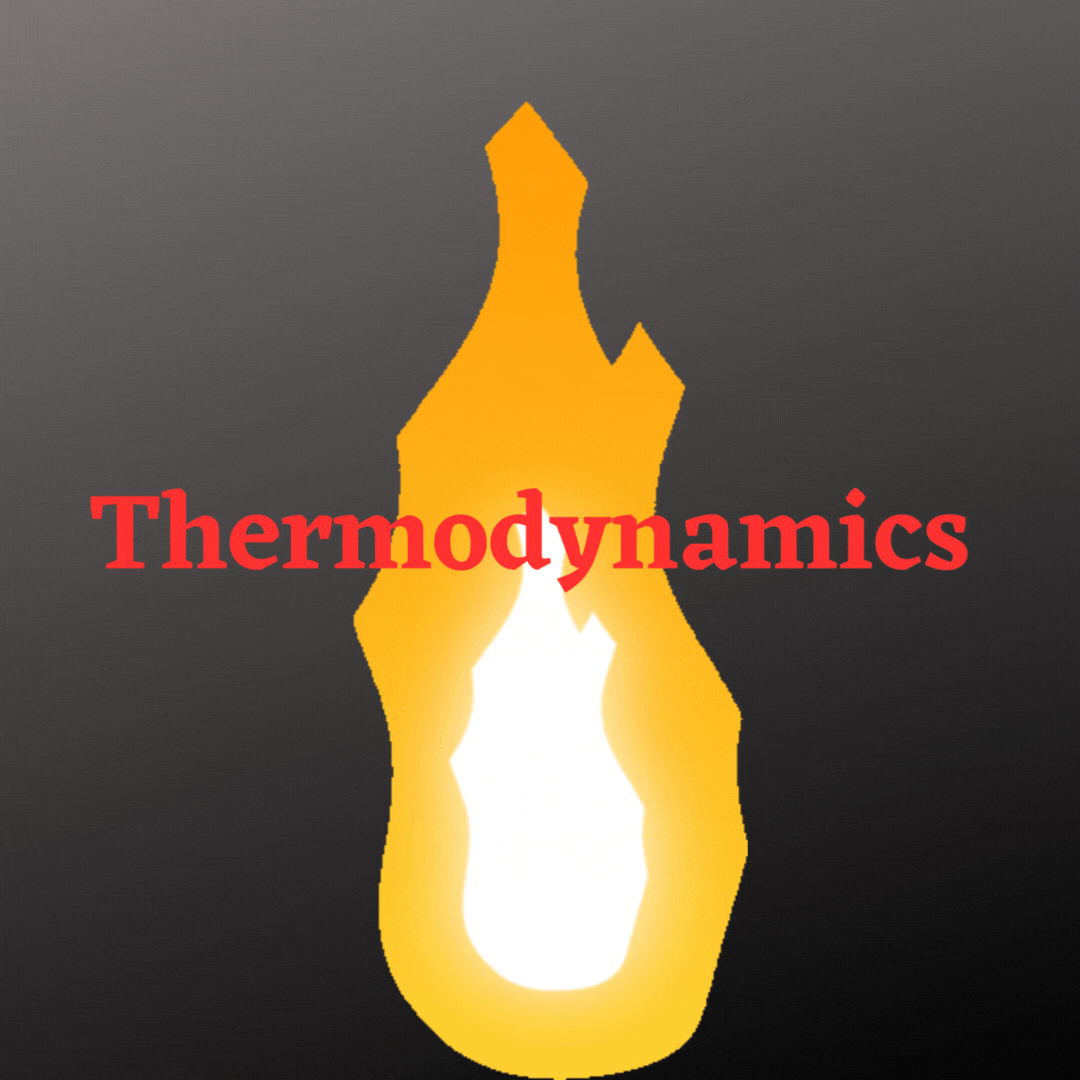- What is the fundamental unit of charge?
a) Proton
b) Electron
c) Neutron
d) Coulomb - Electric field lines originate from:
a) Positive charges
b) Negative charges
c) Neutral objects
d) None of the above - Coulomb’s law describes the force between two point charges and is given by:
a) F = k * q1 / r
b) F = k * q1 * q2 / r^2
c) F = k * q1 * q2 * r^2
d) F = k * q2 / r^2 - An electric dipole consists of:
a) Two like charges separated by a distance
b) Two unlike charges separated by a distance
c) A single charge
d) A neutral atom - The SI unit of electric potential is:
a) Volt
b) Joule
c) Newton
d) Coulomb - The process of transferring charge by direct contact is called:
a) Induction
b) Polarization
c) Conduction
d) Insulation - Which of the following materials is a good insulator?
a) Copper
b) Aluminum
c) Rubber
d) Silver - When a positive charge is brought near a neutral conducting sphere, what happens?
a) The sphere gains a positive charge
b) The sphere gains a negative charge
c) The sphere remains neutral
d) The sphere loses its charge - Electric potential at the center of a charged conducting sphere is:
a) Zero
b) Non-zero
c) Infinite
d) Indeterminate - The work done in moving a charge in an electric field depends on:
a) The magnitude of the charge
b) The path taken
c) The charge’s velocity
d) The direction of the electric field - An electric field is a vector quantity because it has:
a) Magnitude only
b) Direction only
c) Both magnitude and direction
d) None of the above - The electric field inside a conductor is:
a) Zero
b) Maximum
c) Constant
d) Variable - Which of the following materials is the best conductor of electricity?
a) Glass
b) Plastic
c) Wood
d) Copper - The process of charging a body by bringing it near another charged body without direct contact is called:
a) Conduction
b) Induction
c) Polarization
d) Discharging - The electric potential difference between two points is measured in:
a) Watts
b) Ohms
c) Joules
d) Volts - When a charged object is brought close to an electroscope, the leaves of the electroscope:
a) Attract each other
b) Repel each other
c) Remain unaffected
d) Collapse - The force between two charges is directly proportional to:
a) The product of the charges
b) The square of the distance between the charges
c) The distance between the charges
d) The inverse of the square of the distance between the charges - The direction of an electric field at any point is the direction of the force that would be experienced by:
a) A negative test charge placed at that point
b) A positive test charge placed at that point
c) A neutral test charge placed at that point
d) None of the above - Electric field lines never:
a) Start or end on a charge
b) Cross each other
c) Extend to infinity
d) End on a positive charge - The electric field inside a charged hollow conductor is:
a) Zero
b) Non-zero
c) Maximum
d) Constant
Key
As per your request, I will provide the correct answers to the multiple-choice questions on electrostatics:
- d) Coulomb
- a) Positive charges
- b) F = k * q1 * q2 / r^2
- b) Two unlike charges separated by a distance
- a) Volt
- c) Conduction
- c) Rubber
- b) The sphere gains a negative charge
- a) Zero
- b) The path taken
- c) Both magnitude and direction
- a) Zero
- d) Copper
- b) Induction
- d) Volts
- b) Repel each other
- a) The product of the charges
- a) A negative test charge placed at that point
- b) Cross each other
- a) Zero


